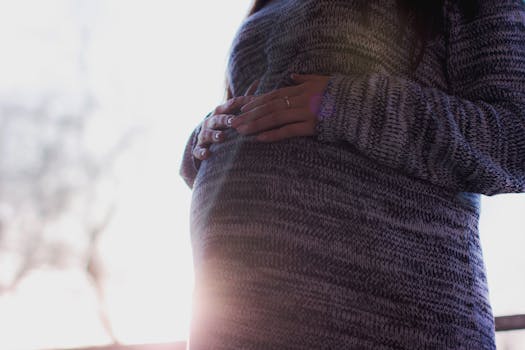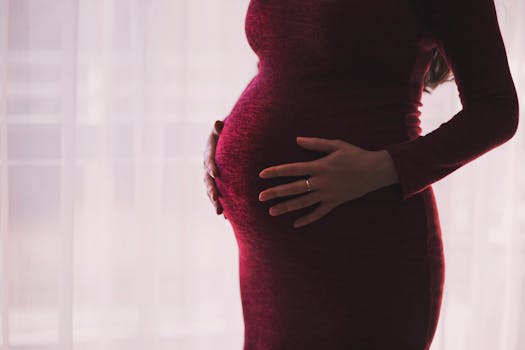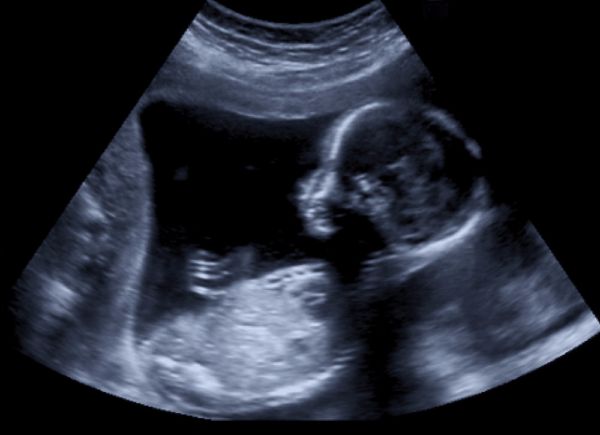New research has revealed that babies can recognise faces while still in the womb - and we are honestly mind-blown.
We never doubted that babies are truly amazing, but this really takes it to another level.
Moving images of unborn babies before their birth have revealed that they turn their heads towards shapes that resemble faces.
However, when they see a random shape, they ignore it, according to scientists at Lancaster University.
Professor Vincent Reid, a researcher at Lancaster University, who led the study, said: "The foetus in the third trimester actively seeks out information. In our study, they had to move their head to keep looking at the face-like stimulus when we moved it away from them.

"So, they are active participants in finding information from the environment. What this means is that other ways of interacting with the foetus can be considered.
“The foetus, in the third trimester, can hear very well. I would encourage expecting parents to read books out loud to each other. This can help with bonding and could be beneficial.”
The study used dots of light arranged to look either like the eyes and mouth of a human face, through the uterus wall of 39 expectant mothers who were 34 weeks pregnant.
Their study, which is published in the Journal Current Biology, showed that when this face-like image was projected through the womb, the babies turned their heads to see it.
When a similar arrangement of light that was used to make the face look upside-down, and so harder to recognise as a face, the foetuses did not react.

Dr Reid added: "We know from babies that they prefer to look at faces more than any other stimulus.
"We have now shown that the foetus can distinguish between different shapes, preferring to track face-like over non-face-like shapes.
"The newborn has very poor visual acuity, so the foetus will have a similarly poor ability to focus. So, whatever the foetus sees is likely to be blurry."
"It is possible that the maternal ribcage could introduce variation in light penetrating the womb, and this may be enough visual information to create this bias.
"It suggests that the upper visual fields - typically the top-half of whatever you are looking at - is developmentally more advanced and sensitive than the lower visual fields."
But the professor did warn expectant mums to be careful with shining bright lights on their abdomen, for fear of damaging their baby's eyes.




